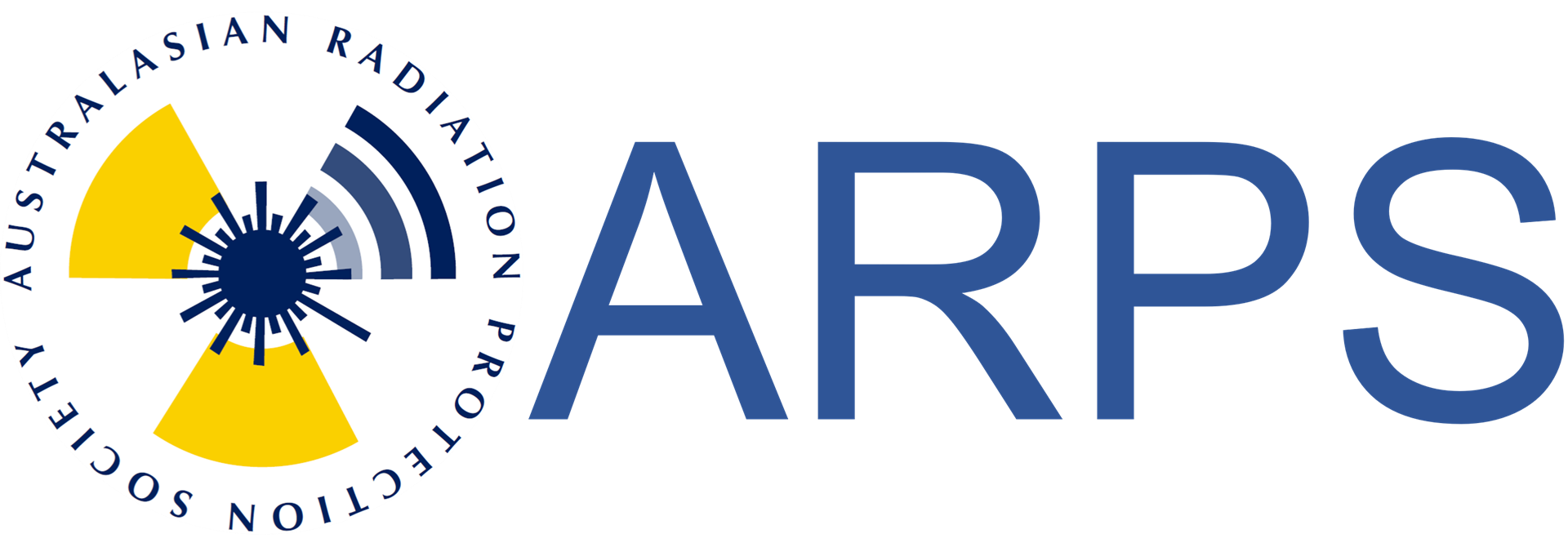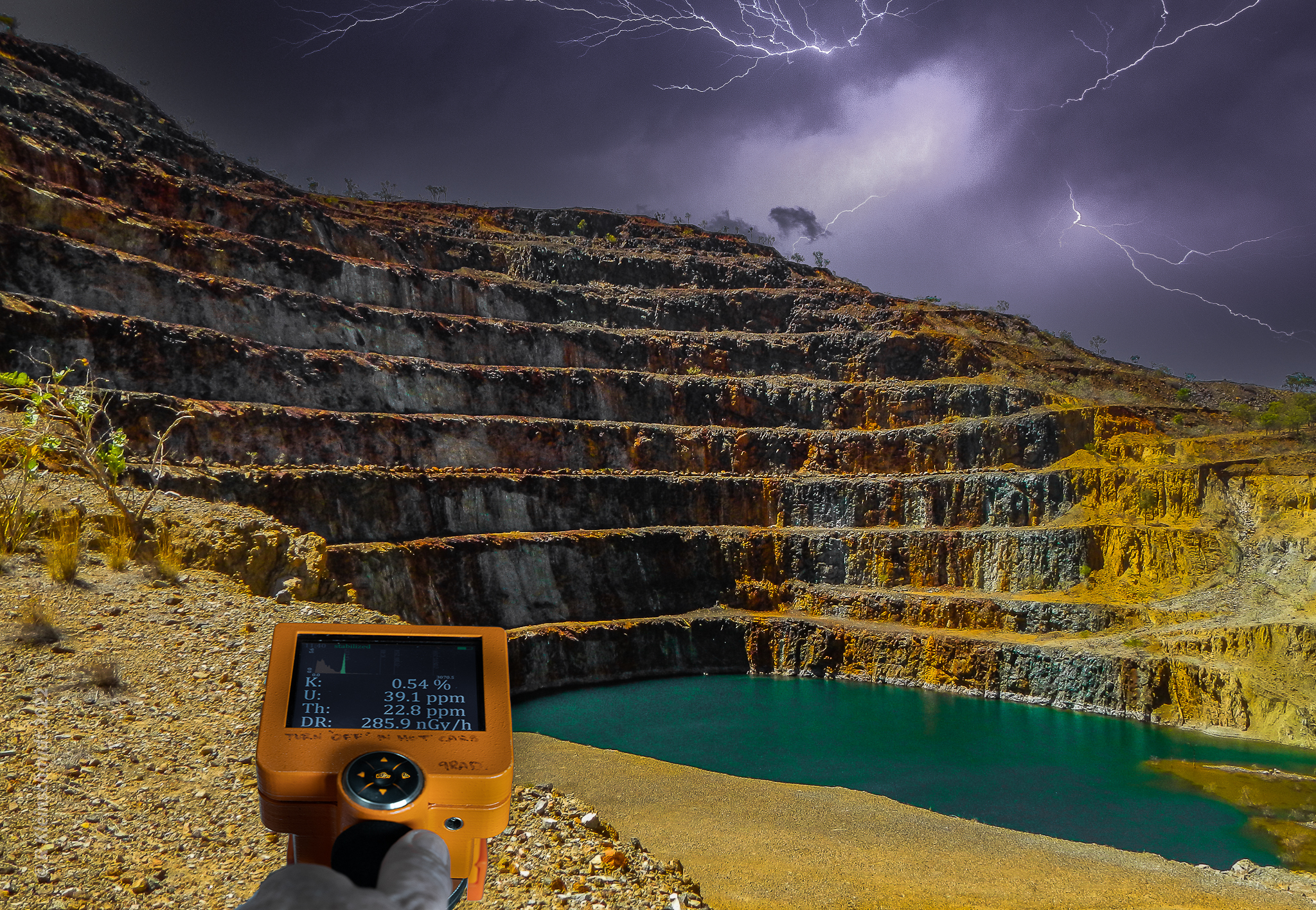- Home
- Photo Competition
ARPS 2022 Photo competition Winners
In this image, I have depicted the visual flourish of particles in an apparatus called a bubble chamber. A magnetic field (personified by the levitating human) throughout the liquid in the chamber causes particle paths to bend. Particles with opposite charges produce paths that curve in opposite directions. In this representation, negatively charged particle trails curl left and positively charged particle trails curl right. |
|
|
Christmas Island (Indian Ocean) soils are rich in phosphate which is associated with ‘guano’ (i.e. accumulated poops of sea birds). As phosphates also host uranium, Christmas Island soil is more radioactive than Australian mainland soils. The island has a large population of land crabs. In this picture a Robber Crab (Birgus latro) is stealing a radon monitoring charcoal cup. |
| Third place |
|




